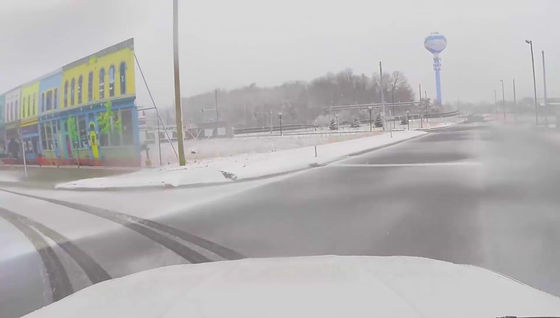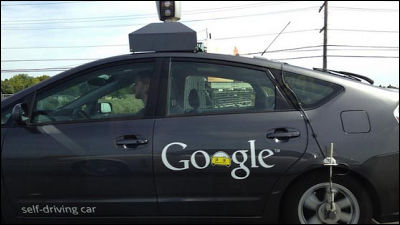Can an automated driving car safely drive a slippery snowy road?

70% of the country's territory is annuallyRecord average snowfall amount more than 5 inches (about 12.7 cm)And I know that over 70% of the population of the United States lives in an area that corresponds to "snowy country". In other words, in order to promote the automatic driving car in the United States, "being able to travel safely on the snowy road" is required, but the readwrite of the news site runs on the road where the automatic driving car is covered with snow and ice I am citing what kind of technology is being utilized to do it.
How will self-driving cars handle snowy driving conditions?
http://readwrite.com/2016/12/19/how-self-driving-cars-handle-snow-tl4/
In the United States, over 1,300 people have lost their lives every year due to collision accidents on snowy roads and frozen roads, and more than 116,000 people suffer some injury. Driving in the snow involves danger such as slip, skidding, whiteout, but if the automatic driving car can safely drive the snowy road with the power of technology it can be a better choice than traditional manned car I will.

Autopilot cars are being tested on public roads by each company, and commercialization is approaching, but the technology for coping with abnormal weather by automatic driving cars is progressing as well. As with human drivers, automatic driving cars need to cope with slip, skidding, whiteout, etc. However, in order to travel on snowy roads the following four technologies are required.
◆ 3D mapping
Manufacturers of many automated driving cars are equipped with technology to accurately 3D mapping roads and can grasp the positions of trees, signs, lane boundary lines, sidewalks on sidewalks on the running route of the automatic driving car I will. In addition, it learns enough to run in the same area, so it will be possible to concentrate and operate sensors in order to detect more pedestrians and obstacles in real time. By combining these 3D mapping technologies with the LIDAR system, it will be available for driving on snowy roads.

◆ LIDAR system
The LIDAR system is a remote sensing technology that detects obstacles using beams such as ultraviolet rays, visible rays, near infrared rays, etc. LIDAR can distinguish not only trees and road signs beside the road but also raindrops and snowflakes It is more accurate. By snowing we can measure the position of the lane boundary line of the road buried by snow and the distance to the building and the signs that are hard to see with snow by referring to the 3D map at sunny weather.
As for the LIDAR system, it is clear from the following article.
Succeeded in miniaturizing tips of sensing technology "LIDAR (rider)" that dramatically advances automated driving cars and robots - GIGAZINE

The system that combines 3D mapping and LIDAR is already installed in the automatic driving car by Ford, and how the Ford's automatic driving car runs on the snow road can be seen from the following movie.
Ford's Industry first autonomous vehicle tests in snow - YouTube
◆ Radar
A radar that detects obstacles by reflection of radio waves is not affected by reflection of light like LIDAR, so it can detect buildings and pedestrians even in bad weather. The LIDAR sensor can be attached to the outside of the vehicle, but since the radar sensor may freeze in the snow country and may not move, by placing it in front of the windshield with many automatic driving cars, it can also operate in snowy country It is considered.
◆ Camera
In addition to multiple sensors, the automatic driving car is equipped with a camera that actually detects the surrounding situation. The camera plays an auxiliary role for other sensors to detect obstacles and works with the 3D mapping technology, the LIDAR system, and the radar as described above. However, the lens of the camera becomes invisible when it is covered with rain or snow, so it is necessary to install it inside the windshield like the radar to use in snowy country, or develop some kind of defrosting technology.
All of these technologies are under development. Self-driving cars that are slippery at frozen roads and turning points during snowfall are the same thing, and automatic driving techniques for snow covered roads that are safer than "driving people with snow tires" are not established. We are also developing a system to judge bad weather that we can not do automatic operation, but it is necessary to prevent the automatic driving car from stopping the operation by judging it to be "dangerous" while driving while moving, . There seems to be still a lot of challenges in practical application of automatic driving car that can cope with all weather.

Related Posts:







